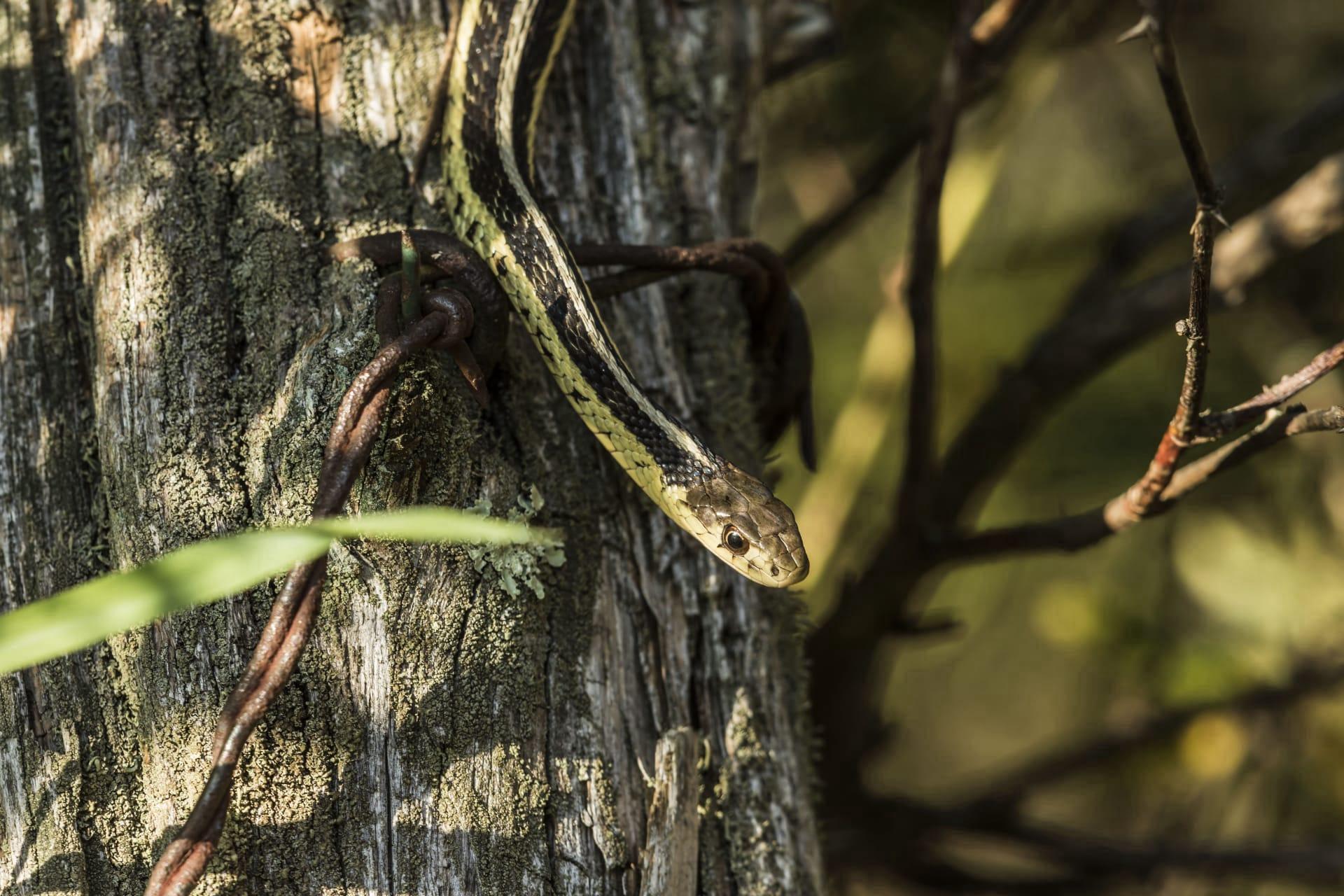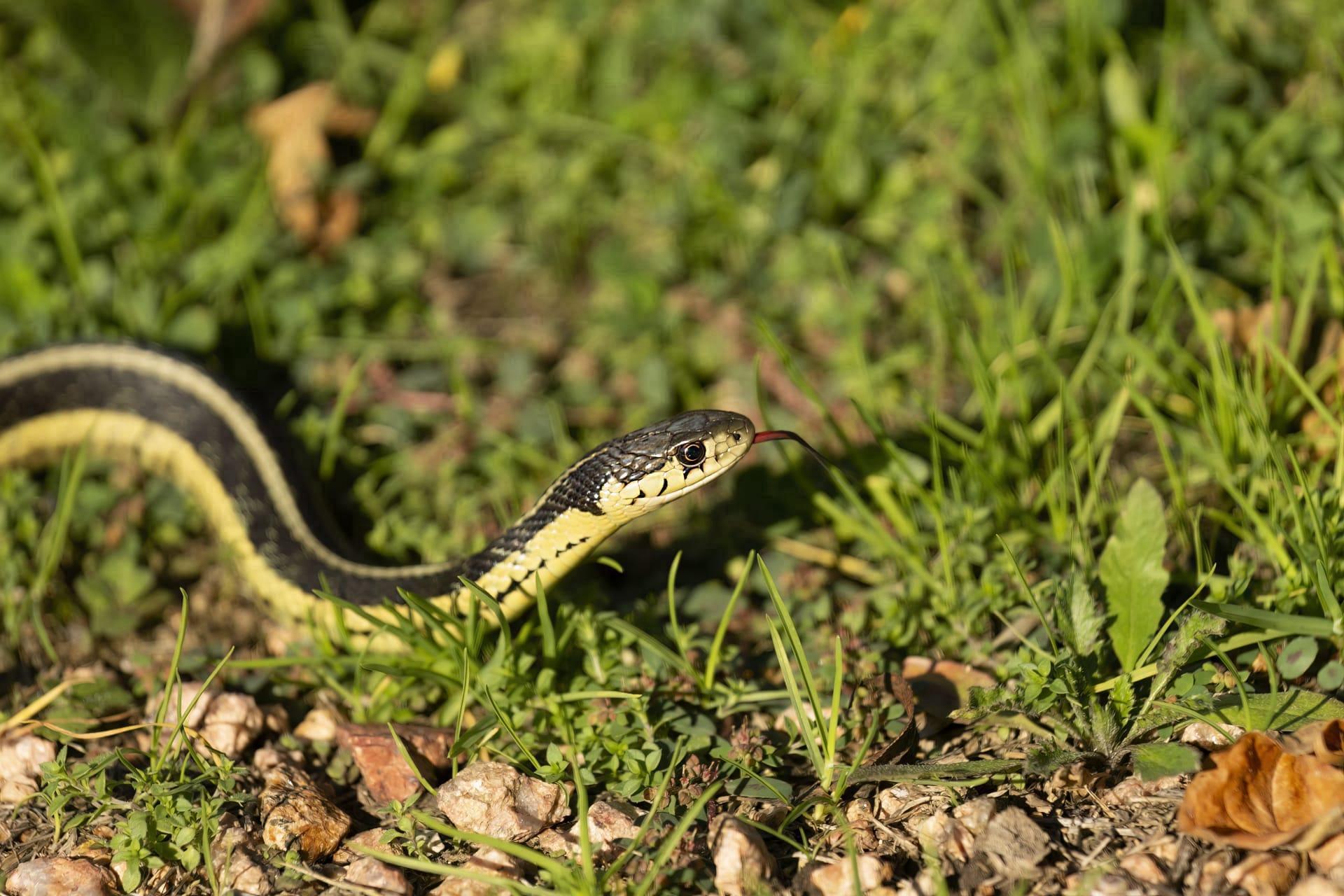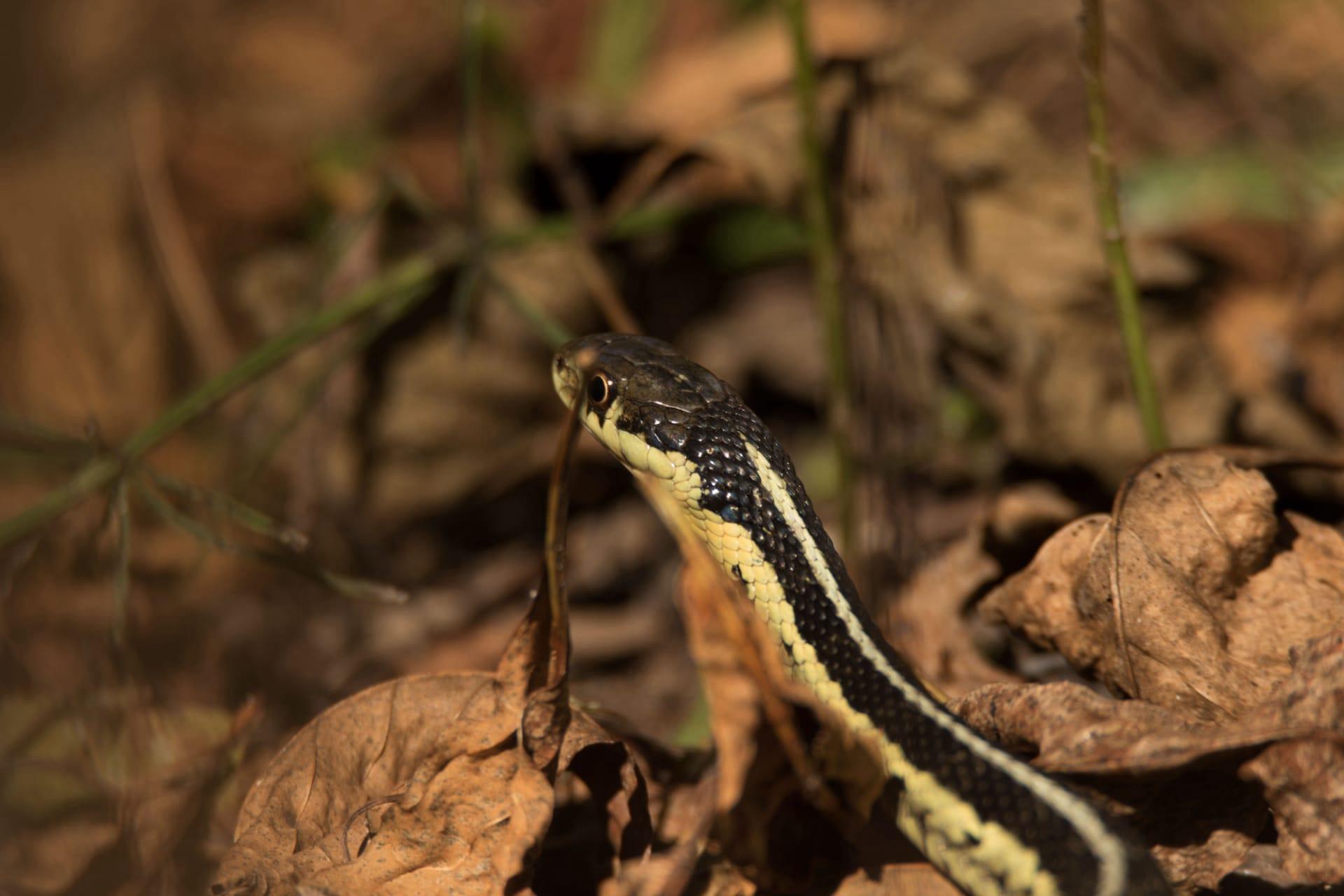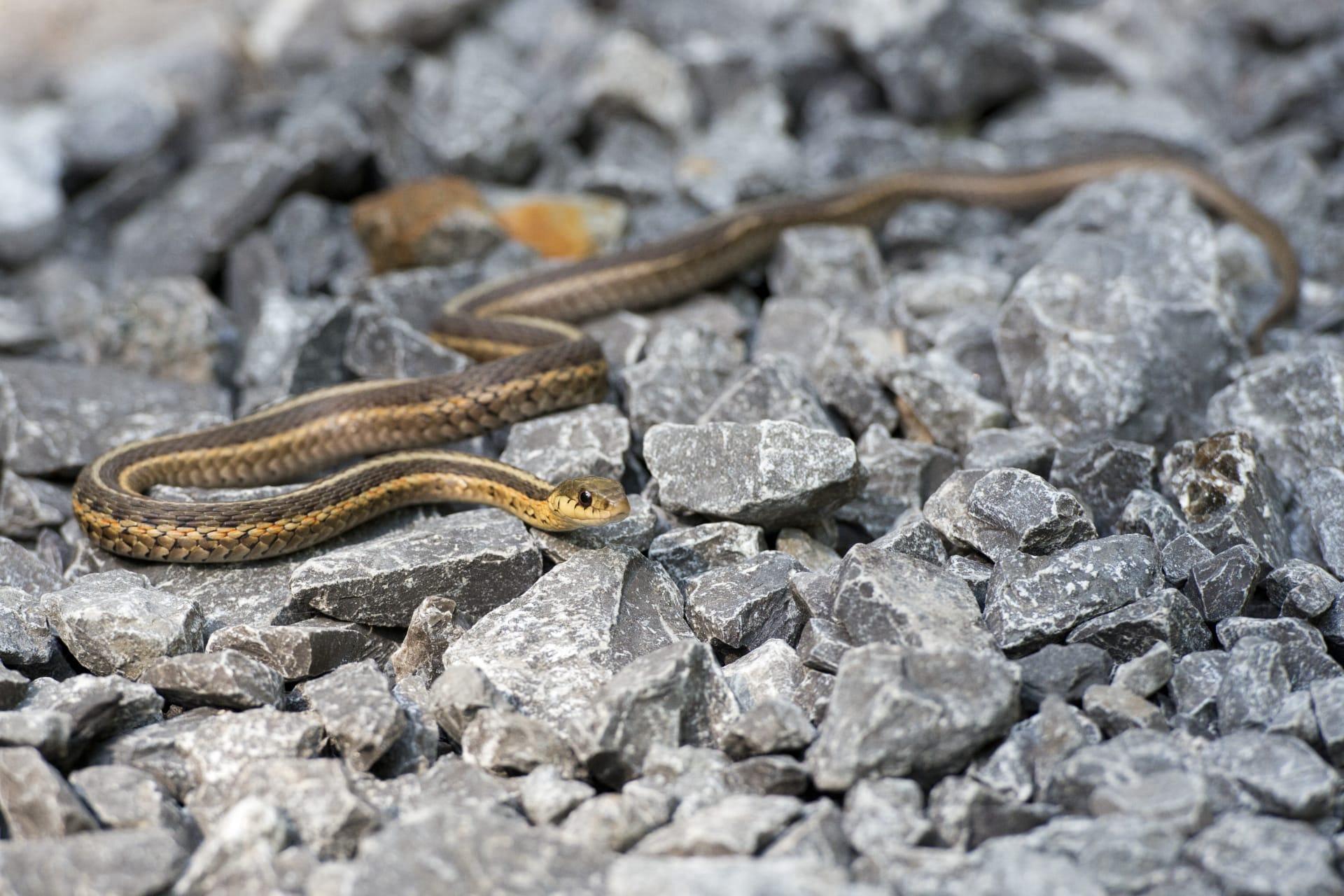Garter Snake Trivia
- Home /
- Trivia Question /
- Animal /
- Garter Snake Trivia
1
Question: What colors and patterns are typical for Garter Snakes?
Answer: Garter Snakes are known for their distinct stripe patterns running along their bodies. They usually have three stripes, with the central one being the most prominent. The colors can vary widely - from green, brown, grey to even blue, but the stripes are typically yellow, green, or white. This color variation is not just for show; it helps them blend into their natural habitat, making them harder to spot by predators.
Question: How do Garter Snakes reproduce, and what's unique about it?
Answer: Garter Snakes have a fascinating reproductive strategy - they are ovoviviparous. This means the females give birth to live young, rather than laying eggs. In late spring or early summer, a female may give birth to 10-40 young. What's remarkable is the "mating ball" phenomenon, where numerous males surround a single female, all trying to mate with her. This can involve up to 25 males and last for many hours.

2
Question: Do Garter Snakes pose a threat to humans?
Answer: Contrary to some beliefs, Garter Snakes are not dangerous to humans. They are non-venomous and typically shy, preferring to escape rather than confront a threat. If cornered, they might resort to a mild bite or release a foul-smelling musk as defense. Their small teeth are unlikely to cause serious harm.
Question: Can Garter Snakes live in water?
Answer: Yes, Garter Snakes are semi-aquatic. They are often found near water bodies like ponds, streams, or wetlands. They're adept swimmers and hunt for aquatic prey like fish and amphibians. However, they also thrive on land and are commonly seen in gardens and fields, hunting earthworms, slugs, and small rodents.

3
Question: What is the average lifespan of a Garter Snake in the wild?
Answer: In the wild, Garter Snakes generally live for about 4 to 5 years, although some can live up to 10 years. Their lifespan is influenced by factors like predation, disease, and environmental conditions. In captivity, with proper care, they can live longer, sometimes exceeding 10 years.
Question: How do Garter Snakes survive cold winters?
Answer: Garter Snakes are remarkable in their ability to survive cold climates. During winter, they hibernate in dens, sometimes in large groups. These dens, or hibernacula, can be in rock crevices, burrows, or under piles of vegetation. They enter a state of brumation (a form of hibernation for reptiles), where their metabolism slows down significantly, allowing them to survive for months without food.

4
Question: Are Garter Snakes social creatures?
Answer: Garter Snakes are mostly solitary, especially outside the breeding season. However, they show social behavior during hibernation and breeding. Hibernation can be a communal activity, with dozens or even hundreds of snakes sharing a den. This social gathering is thought to be a survival strategy, helping maintain a stable temperature during harsh winters.
Question: How do Garter Snakes sense their environment?
Answer: Garter Snakes have a keen sense of smell and use their tongue to detect chemical cues in the environment. This helps them locate prey and navigate their surroundings. They also have good vision and are sensitive to vibrations, which aids in sensing approaching predators or prey. Unlike many snakes, Garter Snakes do not have heat-sensing pits, so they rely more on visual and chemical cues.

5
Question: What is the diet of a Garter Snake, and how does it hunt?
Answer: Garter Snakes have a varied diet, feeding on earthworms, amphibians, leeches, slugs, and small fish. They are active hunters, using their speed and agility to catch prey. Their method of hunting is fascinating - they use a combination of sight and scent to track down prey, then strike quickly and swallow it whole.
Question: How do Garter Snakes adapt to different habitats?
Answer: Garter Snakes are incredibly adaptable and can thrive in a variety of habitats. They are found in forests, grasslands, marshes, and even urban areas. Their adaptability extends to diet and behavior. For instance, those living near water bodies may eat more fish, while those in gardens might eat more earthworms. This flexibility in habitat and diet is a key reason for their wide distribution across North America.